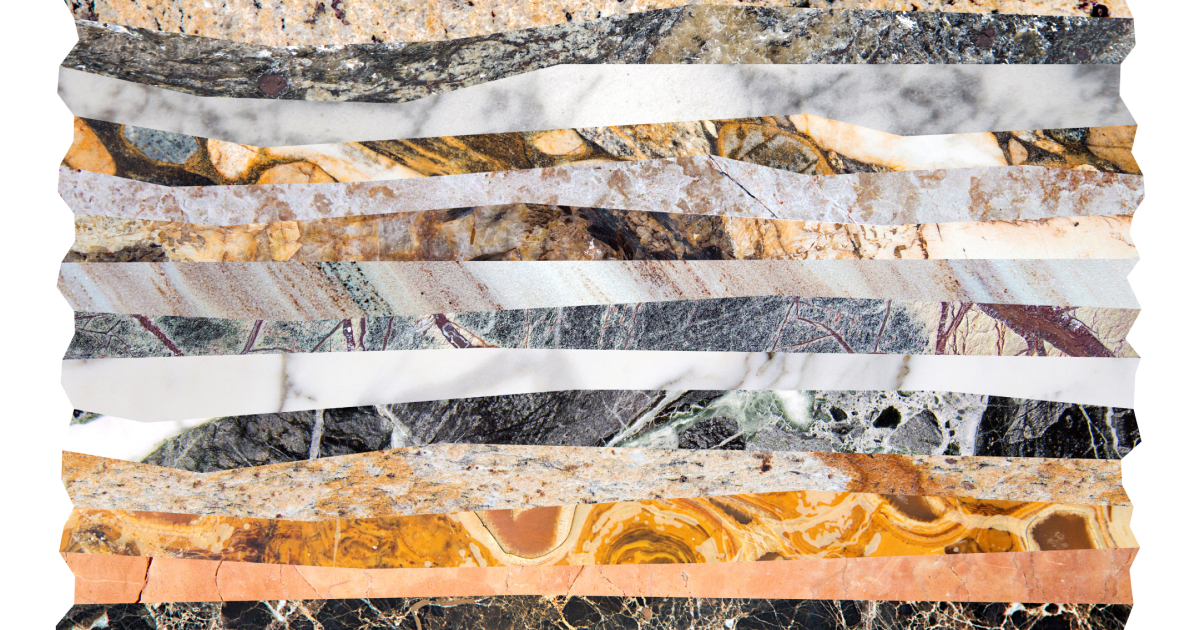Turkey, renowned for its rich history and geological diversity, stands as a global leader in quality marble production—a natural stone that has graced civilizations past and present. Turkish marbles are celebrated worldwide for their diversity, durability, and exquisite beauty. In this comprehensive guide, we delve into the various types of Turkish marbles, their optimal uses in construction and design, and essential tips for maintaining marble surfaces.
تنوع الرخام التركي

Turkey’s geological richness offers a stunning array of marbles, spanning from pristine whites to deep reds. Here are some of the most renowned types:
1. Marmara Marble
Named after the Sea of Marmara, Marmara marble features distinctive white and gray stripes, ideal for flooring and wall cladding due to its timeless elegance.
2. Afyon White Marble
Synonymous with luxury, Afyon white marble boasts a pure white background and uniform texture, often adorning lavish bathrooms and grand entrance halls.
3. Burdur Beige Marble
Warm-toned with subtle veining Burdur beige marble provides a neutral backdrop suitable for countertops, floors, and versatile design styles.
4. Emperador Marble
Available in dark and light varieties, Emperador marble showcases rich brown tones and intricate white veining, perfect for statement pieces like accent walls and countertops.
5. Carrara Marble
While Carrara marble is famous in Italy, Turkish Carrara offers a softer white background with grey veining, creating serene and inviting atmospheres.
استخدامات في البناء والتصميم

Turkish marbles are highly versatile, suitable for both interior and exterior applications:
- Flooring: Adds elegance and luxury to any interior space.
- Wall Cladding: Enhances focal points and adds depth to room aesthetics.
- Countertops: Prized for their beauty and natural coolness in kitchens and bathrooms.
- Exterior Facades: Durable enough to grace prestigious buildings.
- Decorative Elements: Perfect for sculptures, fountains, and fireplace surrounds, adding sophistication to any setting.
العناية والحفاظ على سطوح الرخام

While Turkish marble is durable, it requires specific care to preserve its beauty:
العناية اليومية
- Immediately clean spills to prevent staining, especially on lighter marbles.
- Use a soft cloth and warm water for daily cleaning, opting for pH-neutral marble cleaners for deeper cleans.
الوقاية من التلف
- Avoid acidic or abrasive cleaners that can etch the surface.
- Use coasters and place mats to protect against etching and staining.
الصيانة
- Regularly seal marble surfaces to guard against stains, typically once a year depending on traffic and porosity.
- Periodically polish marble floors to retain their shine and luster.
Turkish marble embodies not just materiality but a piece of Earth’s history transformed into art. Whether you’re an architect, homeowner, or design enthusiast, Turkish marbles offer unmatched beauty, historical significance, and versatility. With proper care, these surfaces endure as a lasting investment in any project.




